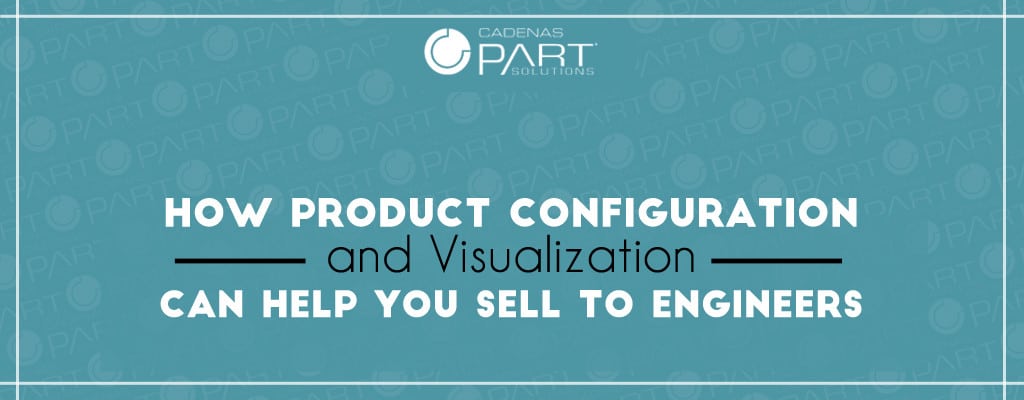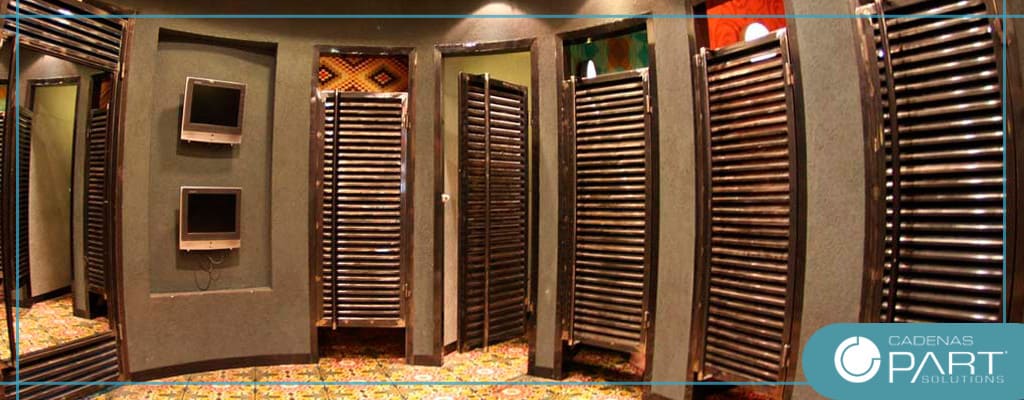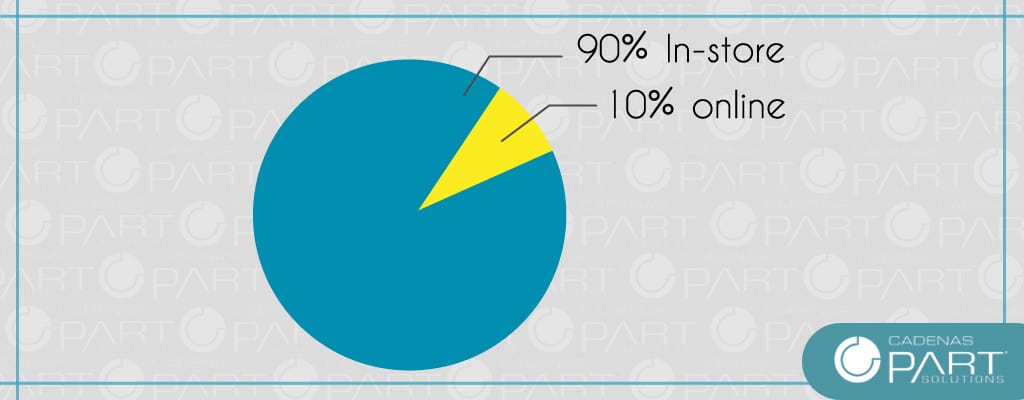Marketing to Engineers: How Product Configuration and Visualization is a Validation Tool for Buyers
How Product Configuration and Visualization Can Help You Sell to Engineers
What is it that helps you pull the trigger when deciding whether to buy something?
Is it the look of a product? The name? The price?
It could be any of those, but one thing’s for sure: you don’t buy something unless you think it will help you. That goes for any product, anywhere.
That means industrial marketers have the same dilemma as any other marketer. Design engineers won’t buy your product unless they’re assured of its value. They need to validate the purchase.
So how do you help assure them? By giving them the keys to the car before they buy it.
Product configuration and visualization allow design engineers to search a digital parts catalog, find a product, and configure, visualize, download, and test it. If the part is available in a virtual format they can use, the engineer can shave hours off of a supplier parts search. And we’ve discovered that 85% of engineers who download a part into their design end up purchasing the part.
The reason is simple: if they can virtually discover whether a product will benefit them, why would they keep searching elsewhere?
A Clothing Illustration
Visualizing parts in a 3D CAD catalog is as good as going into a store and trying on a sweater. It may even be better.
If you buy a sweater from L.L. Bean online, you run the risk of having to send it back if it doesn’t fit. A safer option is to walk into one of their retail stores and try on clothing until you find a size that fits. In that way, you can be confident in the item you’re buying.
But there’s an even better imaginable option. What if you could build the sweater you want online—choosing the color, size, and material—then virtually implant yourself to try it on for size? You would have zero hesitation in buying that sweater!
Maybe that scenario sounds far-fetched, but 1) it’s happening and 2) it’s exactly the kind of validation that you can provide for your buyers through downloadable CAD models. The buyers can design and try on parts for size—optimum convenience with no obligations.
Maybe that’s why the clothing company Zappos is so successful. Zappos ships you every size to try on, and you ship the rest back for free. The process eliminates wasted shipping and is incredibly convenient for the customer.
But yes, a parts configurator is even more convenient than that. It’s faster: design engineers can virtually download the perfect part before anything is ever physically shipped.
Conclusion:
Let’s take one last look at the retail parallel. A study by A.T. Kearney found that 90% of all retail sales were transacted inside physical stores.
The reason? Consumers have a genuine reluctance to ordering products that they cannot see, touch, and try out.
Software engineers may not be able to touch the parts listed in an online parts catalog, but they don’t need to. Just like any other type of buyer, they simply want to know that the product fits their needs.
If you’re putting effort into industrial marketing, offering 3D CAD models that can be configured and visualized should be the very next step you make. Since design engineers tend to gravitate toward the suppliers that are easier to buy from, you’ll open yourself up to more leads than you might expect.
Let your buyers take your product off the virtual shelf and turn it around in the light.
Once they see it from all angles, there will be no room left for a shadow of a doubt.
To learn more about how to get your products into a highly appealing configurator, contact us. We’d love to help!
Adam Beck
Latest posts by Adam Beck (see all)
- 2025 Industrial Marketing Summit Announced for February 26-28 in Austin, TX - May 31, 2024
- Engineering the World’s Longest Solar Eclipse - April 9, 2024
- How AR CAD Models and Apple Vision are Helping Engineers Become Tony Stark - March 12, 2024






